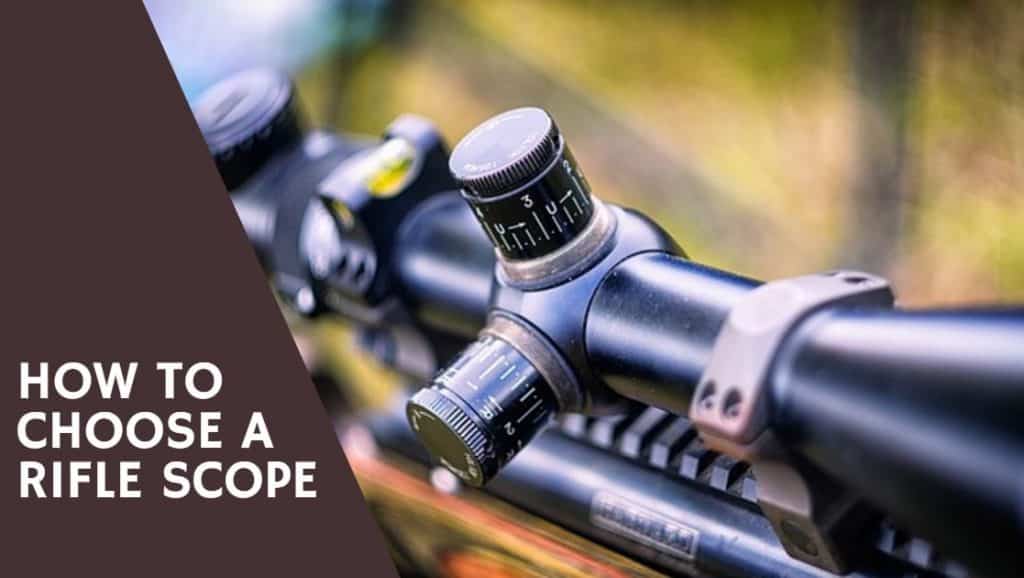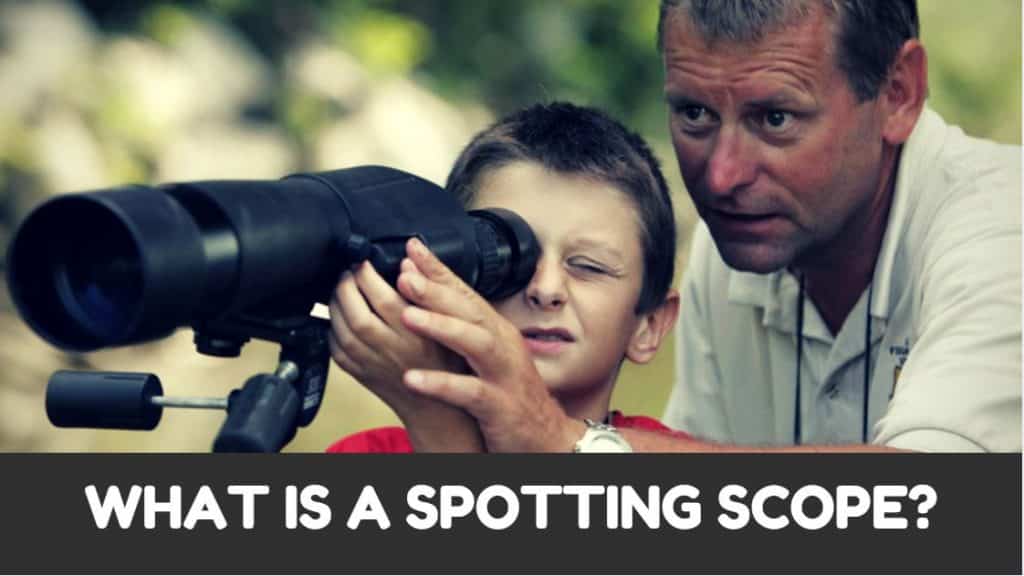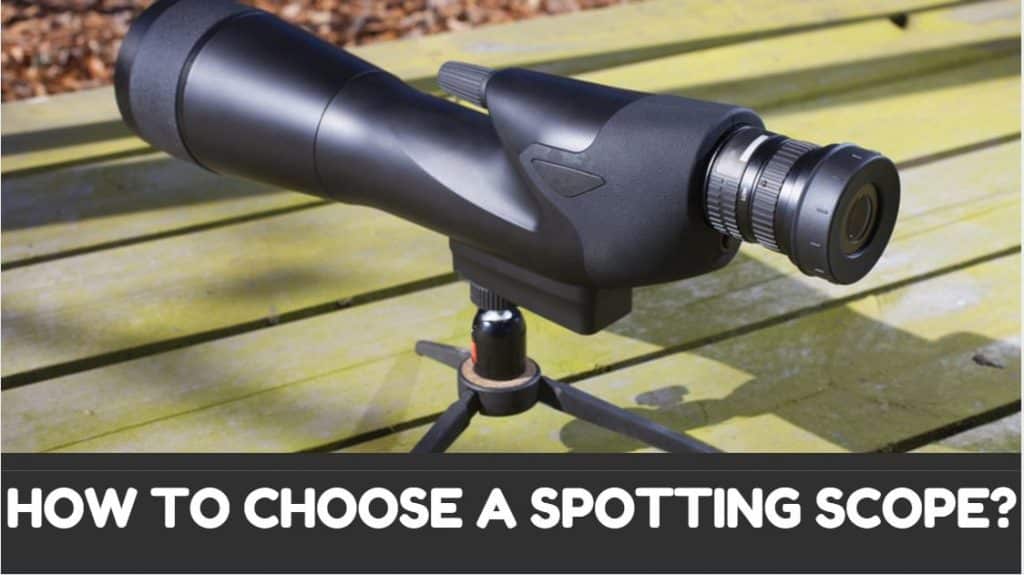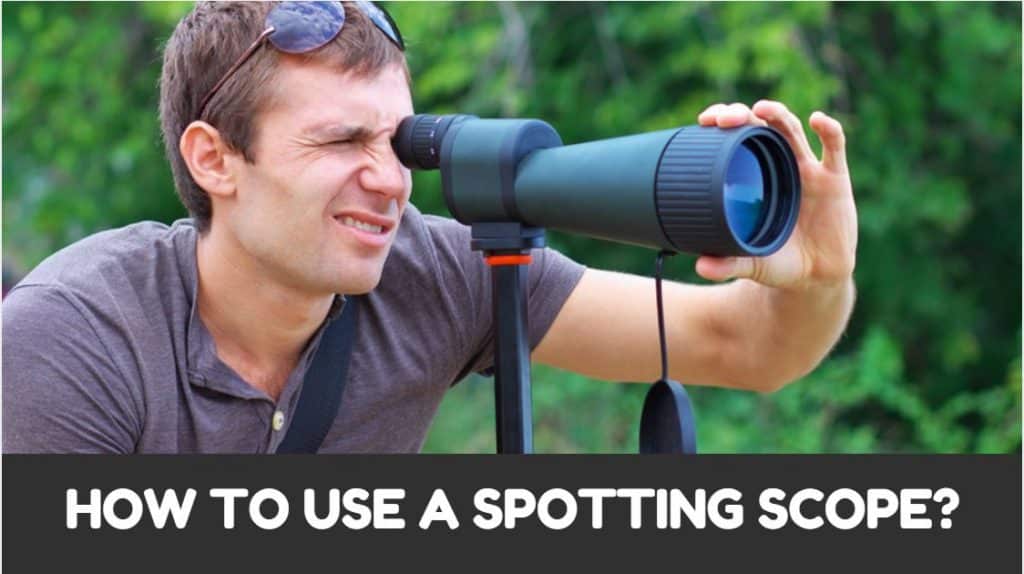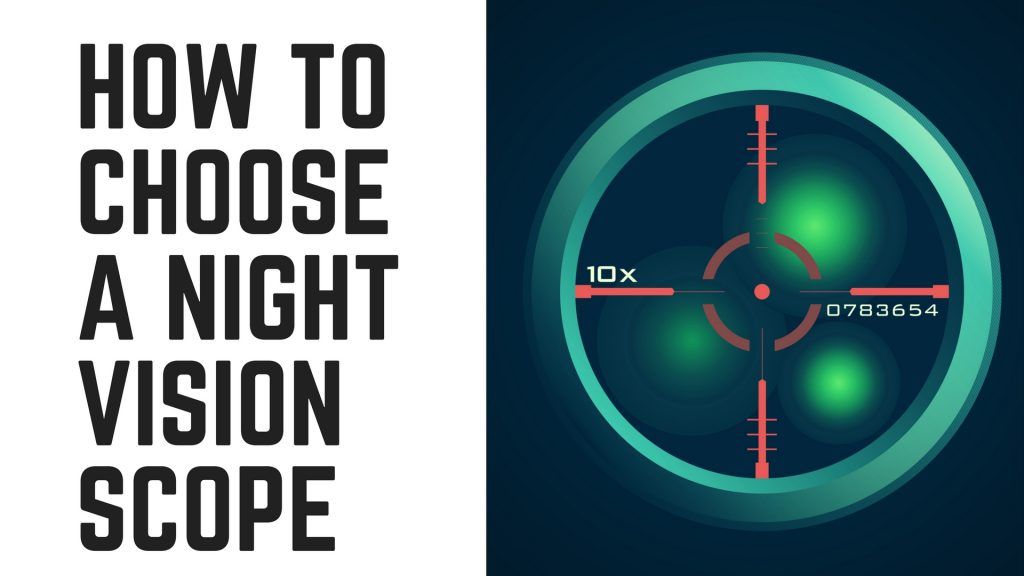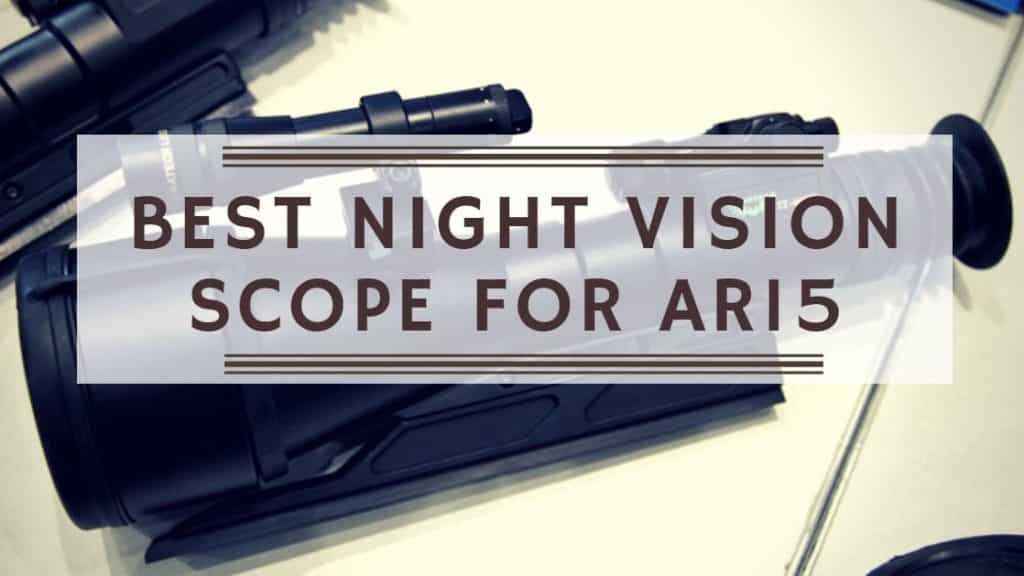How to Choose a Rifle Scope: If you are new to the sport of hunting, you need to carefully examine and purchase a scope to get the best out of your rifle. In this article, we will help you decide how to choose a rifle scope to improve the view and effectiveness of your rifle.
In fact, for a beginner, the quality of the scope might even be more important than the quality of the gun. If you are a new hunter, with a mediocre gun and great rifle scope you will be able to hit almost everything. However, if you combine a bad scope with even the best rifle on the market, you would still have trouble hitting your targets.
How to Choose a Rifle Scope
Rifle sights enable you to see targets clearly and aim precisely and have been an integral part of the rifle ever since it was invented. By far, the modern scope is the most important addition to any rifle, whether a simple or advanced hunting gun.
A rifle scope improves the long-distance vision and accuracy of a shooting enthusiast by improving the line of vision toward the target. There are other benefits such as saving up bullets, an added guarantee of safety, and reduced strain on your eyes.
There are a vast number of options and features to consider when it comes to choosing a rifle scope. Some of the important considerations are:
- Reading the Numbers
- Optical Power and Magnification
- Size of Objective Lens
- Exit Pupil and Eye Relief
- Reticle
- Turrets and Minutes of Angle
- Focal Planes and Parallax
Now, let’s talk about each of these aspects.
Reading the Numbers
The number that you notice first on the scope indicates the magnification range of the scope. To provide you with an example let us consider that the numbers are 3-9X32. This would mean that the image visualized by the scope can be magnified by 3x to 9x.
The second number is an indicator of the size of the lens in mm. In our example, the size of the lens is 32mm. Certain rifle scopes have magnification that is variable and can be adjusted by using a power ring present on the scope.
Optical Power
Optical Power and Magnification are the most important features that you should take into account when considering to buy of a rifle scope.
The magnification provided by the scope when compared with the range of your rifle will impact the usage of your rifle. The extent of magnification of a scope will tell you exactly how useful the scope is going to turn out to be.
Optical power depends upon the magnification you require. The magnification required from your scope is linked to the shooting range of your rifle.
For example, if you have 1000 yard shooter then you should be using a 32X scope, or else you will be underequipped. Similarly, if you have a rifle that shoots 500 yards then you should buy at least a 16X scope
Although 4X or 6X scopes allow you to track and shoot faster, a scope with higher optical power will allow you to target from distance with a better resolution.
So in a way, the optical power you select depends on the range of your rifle as well as your shooting style.
Magnification
If you’re planning to hunt down animals in large and dense forests where the need for sharpshooting is paramount, you should consider a scope with 4x magnification. A scope with higher magnification would be ideal for use in situations such as idle bench shooting.
What you should note is that the higher the magnification, the greater the target resolution of the rifle. This means, that the lens would be quite large in size and much heavier to carry around and operate by beginner and intermediate shooters.
So, for hunting and other sports where your target is at quite a reasonable distance and you’re not in a comfortable and set shooting position, the ideal setup of magnification is less than 9x. Lower levels of magnification also make you able to shoot faster.
Then there are variable power scopes, which allow for considerable adjustments to magnification. These variable power scopes make your rifle multipurpose in all aspects. But, if you are starting out, you might be apprehensive about investing in a variable rifle scope.
It’s understandable as the prices for variable power scopes are rather high. Despite the higher price, we still recommend variable magnification rifle scopes. They are easier to use and you’re going to want to make the best out of your shooting experience anyway.
Size of Objective Lens
Once you finalize the optical power you require, the next thing you need to determine is the size of the lens in the scope. Basically, lenses transmit the ambient light and focus it into an image.
So larger the lens size, the brighter and clearer the image will be. But remember, a large objective lens will require a bigger mount over the barrel and may impact the balance of your rifle.
The size of the objective lens is something that you shouldn’t overlook when you are seeking out a suitable rifle scope. This is your next big decision after settling for the magnification range.
The objective lens is the outward-facing part of the scope. It transmits the surrounding light and focuses it on the target image. The size of the objective lens is in direct proportion to the amount of light transmitted through the lens. The greater the light transmitted through the lens, the clearer the target image.
A general rule you should remember when you are looking for a rifle scope is that the higher the magnification power of the scope, the larger would be the size of its objective lens.
The large size of the objective lens results in better clarity of the target image as well as adequate brightness to aid the efficiency of the focus.
We must consider the other side of the coin here so that you can make an informed choice. The bigger lenses have certain requirements for their effective use.
They need to be placed in a much higher position over a barrel. Since the position of the scope is much higher, the cheek weld is harder to maintain, which may affect your shooting ability. But, this need not be a complication since you can buy devices such as cheek raisers to help you out.
Exit Pupil and Eye Relief
The diameter of the exit pupil is an important characteristic of the rifle scope. It is important to consider the exit pupil for a comfortable shooting experience. But first, you need to understand what is the exit pupil. It is the circular image of the target presented to your eye by the rifle scope.
To understand this, take your rifle scope and point it towards some constant source of light – upwards at the sky would be a wise option for the same. But don’t make the mistake of pointing the scope toward the Sun.
Now, position yourself along the optical axis of the lens in such a manner that you are now about 25 cm away from the objective lens. You will now be seeing a bright light in the form of a disc in the Center of the field of the eyepiece and what you are viewing is the exit pupil.
The larger the size of the exit pupil, the brighter the image that would be visible through the lens. This is because of the larger area of your eye that is being subjected to the light.
The magnification of the lens shares an inverse relation with the size of the exit pupil. The size of the exit pupil can be determined by dividing the size of the objective lens by the magnification of the lens.
The exit pupils generally deliver a lot more light than what your eye can handle. So, for a comfortable experience, ensure that the exit pupil isn’t set high. The human eye has an opening ability of anywhere between 5mm to 7mm which varies from person to person.
If you are faced with a situation of having to shoot a target in low light, lowering the magnification, maybe your best bet. It would allow you to get an image bright enough to take a decent shot.
But we would suggest you get a night vision scope for AR15 if you are planning to hunt during low light conditions. It would give you a much better experience than a regular rifle scope.
Reticle
Reticles, also known as crosshairs, are commonly represented as intersecting lines in the shape of a cross “+”. The basic purpose of any reticle is to give you a centralized aiming point and help hit targets at long range.
A wide variety of patterns of reticles are available today. Options range all the way up from dots in a simple pattern to complex grid-like patterns.
There are many kinds of reticles to choose from (Original, Duplex, Mil-Dot, Ballistic, and so on), however, Duplex reticle is the most common style you will find in scopes for hunting rifles as they are great even in low light, and allow you to accurately extend your range.
Let us discuss the three most common patterns of reticles.
Duplex Reticle
The most common reticle used in rifle scopes today is the duplex reticle. Duplex reticles are simple, quick, and considered the best all-purpose reticles for hunting as you require higher speed and precision to hit the kill zone.
The duplex reticle is characterized by a crosshair that is present in the center and is quite thin. As we edge towards the outer area of the scope the crosshairs become thicker in size.
The duplex reticle is the first one you think of when you consider looking through your rifle scope. This reticle is most useful for shooting during hunting and similar targets.
Dot Reticle
The dot reticle is as common as the duplex and is based on the latter as well. The greatest effect of this reticle can be obtained if the range at which the target is present is also available.
The dot is the standard reticle used for military defense, law enforcement, hunters, and target shooters.
You can check out the best red dot for AR15 under $200 if you are looking for a quality red dot on a budget.
Bullet Drop Compensator Reticle
The Bullet Drop Compensator Reticle is an option used by those looking for sharpshooting accuracy.
This reticle allows for consistent accuracy without altering the elevation settings.
In fact, this is possible with ease. The patterns of this reticle incorporate plenty of aiming points for you to focus on different targets irrespective of the range.
Turrets and Minutes of Angle
The minute of angle is measured at a consistent value of 1 inch per hundred yards. The minute of angle is usually used as a unit of measurement of a circle.
Adjustments that are made on the scope are generally at a rate of a quarter-inch per four hundred yards. It keeps increasing with each click or turn of elevation. This maintains a constant point of impact while adjusting the turret.
Some scopes do not have the click option but a small friction which allows for as many adjustments as needed. The turrets are generally present in the center of the scope tube. There is a protrusion present in the center which is known as turret housing where the turret is maintained. The turret is adjustable through various means.
This may include adjusting it using a coin or they can be adjusted using fingers. The clicks used in the target turrets are easy to operate and locate. Yet, these are not meant to be used in a rough manner when there can be a lot of wear and tear like in the case of hunting. Thereby hunting rifle scopes are generally of a much lower profile.
Focal Planes and Parallax
In recent times, there has been a huge uproar over the popularity of the first focal planes. This is owing to the much lower rate of error when using the first focal plane as opposed to the second focal plane.
This comes in handy especially when you want to change your targets fast and achieve good focus without losing the target. It is designed for use on long-range targets as it is extremely useful for long distances.
If you are looking out for a shooting experience where you can shoot smaller objects from a long distance the first focal plane is what you should consider for your scope.
Against the common belief, it is not compulsory for hunters to have the first focal planes on the rifle scopes to achieve the best results.
The price of the FFP is much higher when compared to the second focal plane. The latter owe their popularity to the fact that most of the hunters do not have much knowledge about focal planes.
Parallax is an error that occurs due to the apparent movement of the reticle against the target image. It is a concern as it compromises the accuracy and efficiency of the shoot.
To ensure that this error of parallax is not present the setting must be at an accurate range of hundred yards.
Conclusion: How to Choose a Rifle Scope
In this article, we discussed different features to consider when buying and maintaining a rifle scope.
It is important to purchase a quality scope if you wish to get more out of your refile or to improve your hunting skills.
The scope which you choose for your rifle needs to consider three important aspects – Optical Power, Size of Lenses, and Reticle.
We hope this article helped you understand how to choose a rifle scope as well as the importance of having one for your rifle.
Last Updated on December 9, 2023 by Victor Mays
